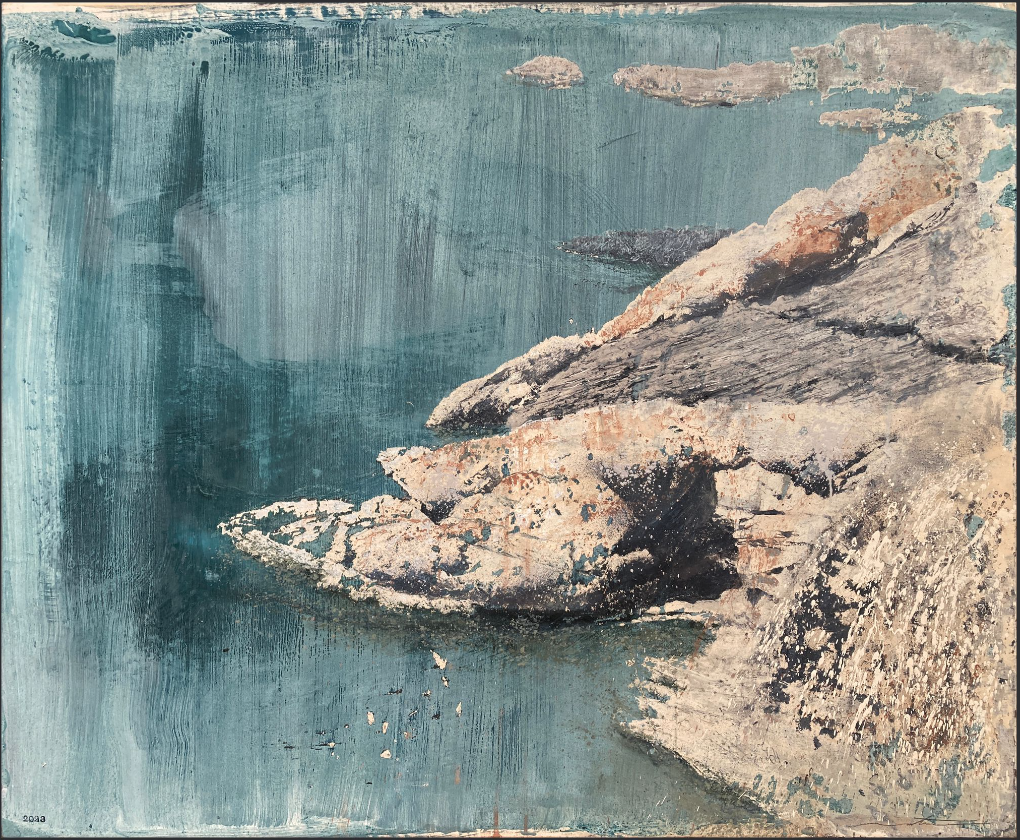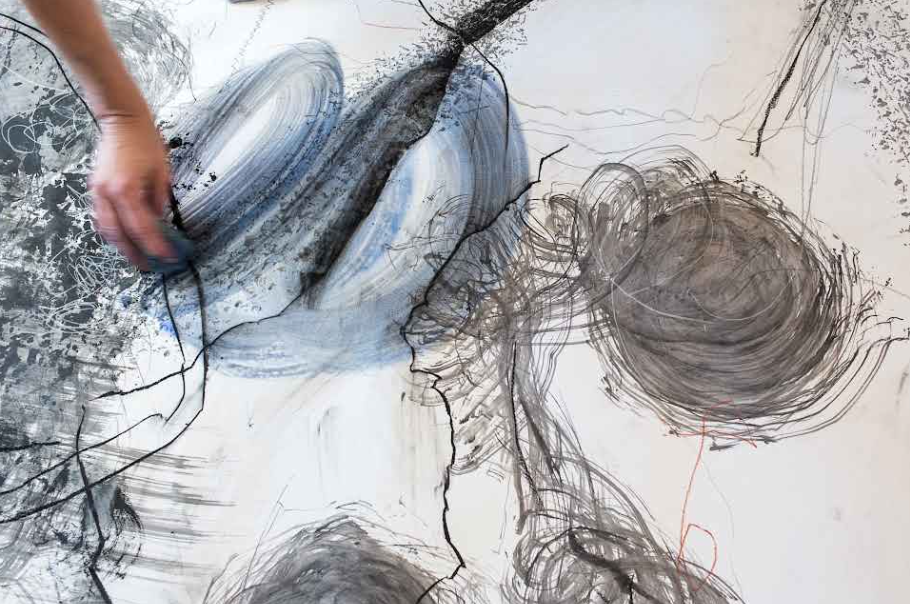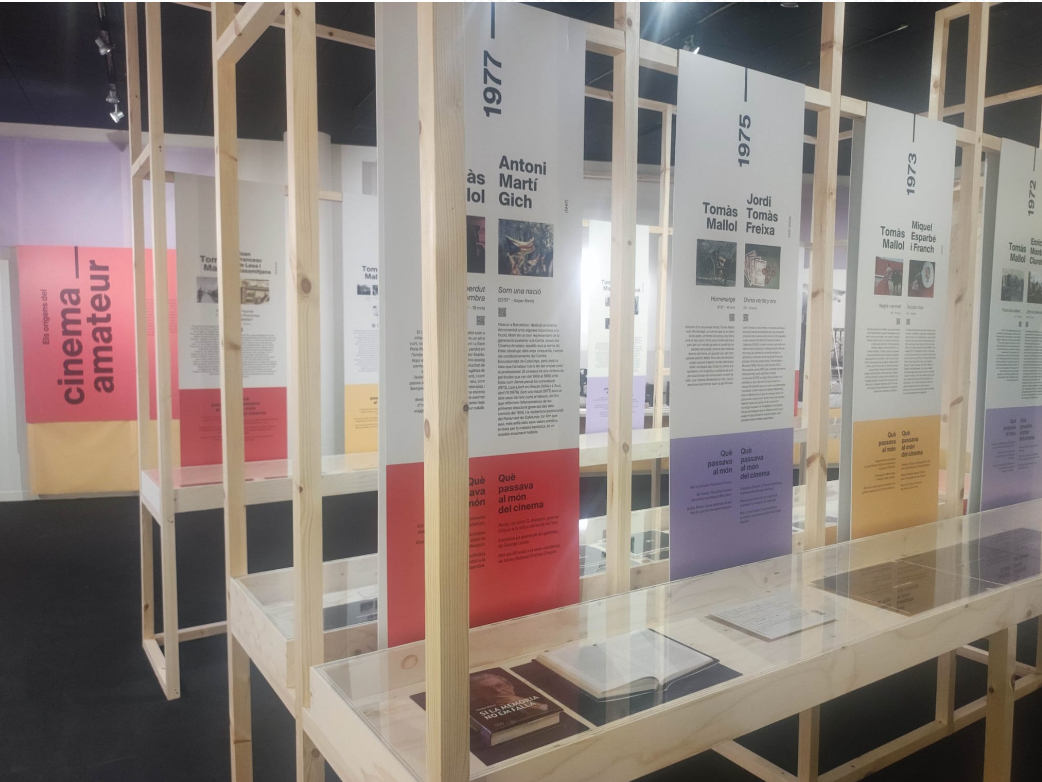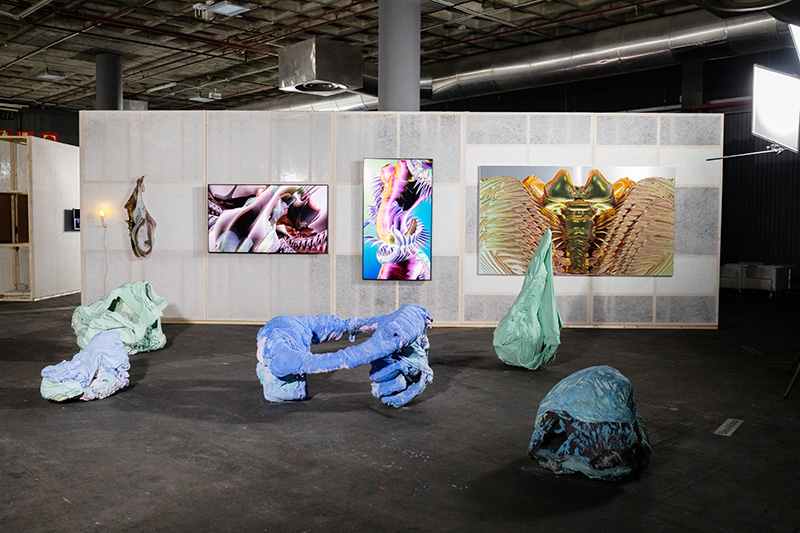Exhibitions
'Living memory', Pilar Aymerich's first major retrospective
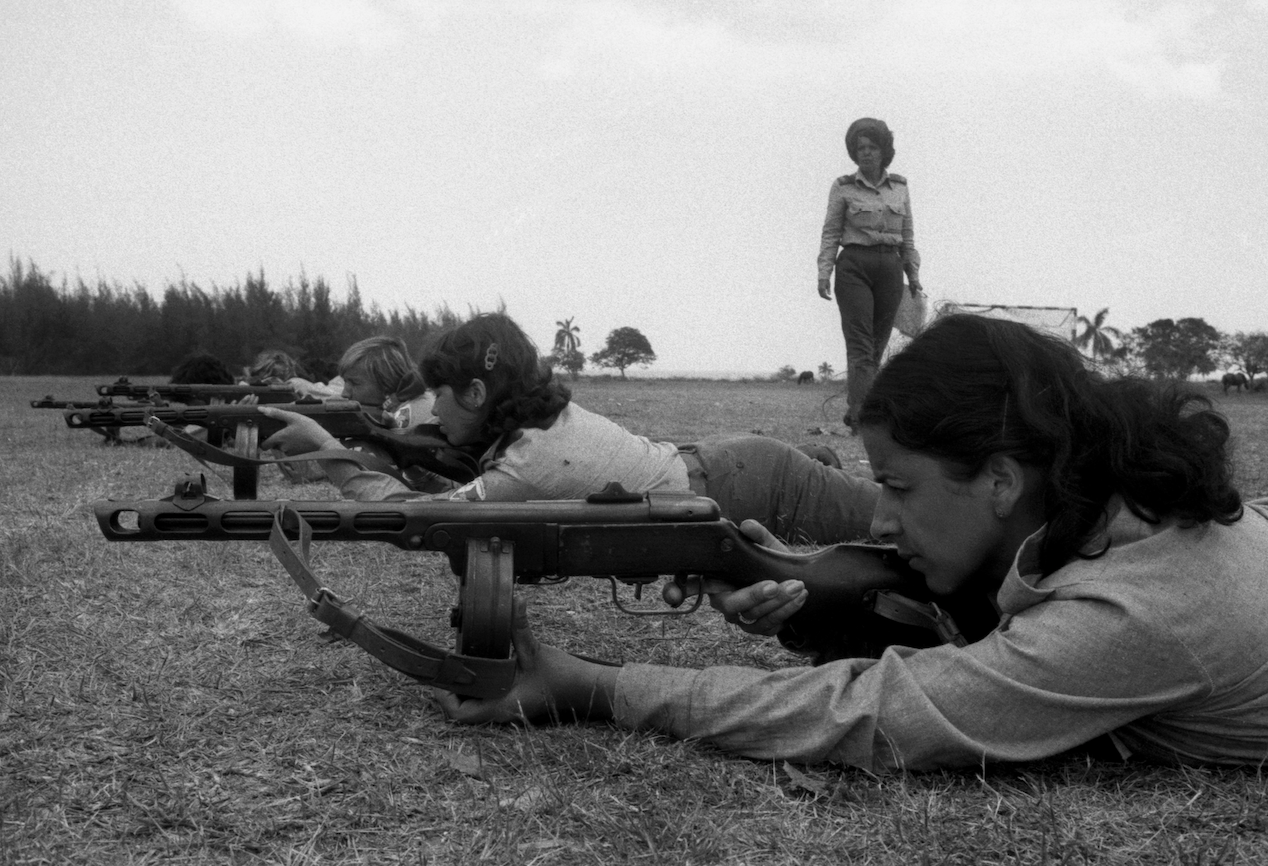
The Picasso room of the Cercle de Belles Arts hosts, until January 7, 2024, the exhibition Memoria viscuda, the first major retrospective organized on the figure of the National Photography Prize winner Pilar Aymerich. The exhibition organized by the Circulo de Bellas Artes, the Factory and the Tecla Sala Art Center, has 154 photographs that span the entire professional career.
In addition to collecting the most iconic and reproduced images of his work, Neus Miró, curator of the exhibition, wanted to highlight and include many other photographs that have barely been seen, in a bid to broaden the vision and perspective on the Aymerich's work. In this sense, the images taken in Havana in 1982 or those that make up the Voyages in Havana project, a shared work that Pilar Aymerich and the historian Isabel Segura began in 2008 and which are being exhibited for the first time, stand out.
The proposal, ordered chronologically to show the simultaneity between the different works of the photographer, includes the short film Entreacto, in which Aymerich appears as an actress. Made in 35mm, it could only be seen on a single occasion previously, in 1974 in a cinema in Barcelona.
After training in theater direction at the Escola d'Art Dramàtic Adrià Gual in Barcelona, Pilar Aymerich studied photography in London and Paris before settling in her native city in 1968, where she began her career publishing usually in magazines such as Serra d'Or, Triunfo, Destinació, El Carrer, El Vell Topo or El País. Those years of training in theater left an important mark on Pilar. As the curator of the exhibition points out: "The theater marked her and became distinctive in her production. In her photographs, scenography plays a fundamental role." In 1974 he began collaborating with Televisió Espanyola, in programs such as Personatges (with Montserrat Roig); Create and live (cultural art program); For many years (with Rosa Maria Sardà) or La Lluna (with Julia Otero). He taught photography classes at the Youth Area of Barcelona City Council and seminars at the Institut d'Estudis Fotogràfics de Catalunya.
Her work as a street photographer gained great relevance from 1975, in accordance with the visibility that social movements acquired after Franco's death. His camera witnessed demonstrations, strikes, celebrations and social movements, always from a social, humanist and feminist conscience. The photographic reports of those events make up a sequence of images where you can follow the evolution of the acts, almost in a narrative way.
In his photographs, the events that caused Barcelona (and the whole country) to change radically and its protagonists are mixed; both the people who took to the streets demanding their rights and those cultural personalities of the moment who stood up for her (her connection especially with the world of theater is a constant in her work). "I am the product of my generation. I have been very marked by the events", points out Pilar Aymerich.
Another distinctive feature in his life (and reflected in his work) is his involvement in different social and political causes. This commitment has given rise to some of the most representative photos, not only of his career, but also of the moment Spain was going through. This is the case of the images he collected at the Catalan Women's Days, organized by the National Association of Human Communication and Ecology, a feminist association of which Aymerich was a member. The meetings were held at the Paranimf of the University of Barcelona in 1976 and gave a boost to feminism.
The photographs he captured in those days manifest a type of photojournalism that escapes the distance and the supposed objectivity of the documentary; incorporates feminist approaches and reflections into her own practice, something truly unusual in the landscape of those years in Spain. Images arise from knowledge of a given situation, familiarity with the environment and the interpersonal relationships it builds. "I don't know if I'm a photographer or a person who takes photographs," admits Aymerich. "As a photographer, I take into account what is in front of me as a person. For me, ethics is fundamental."
In parallel to the follow-up in the public sphere during the first years of the transition, Pilar Aymerich also made a photographic record of what happened in the Catalan capital in the cultural sector. "The value of culture has always been very important to me, also outside the cultural environment itself." He especially emphasizes everything related to the theater, as well as the personal and professional ties that began already in his formative stage and were maintained throughout his career. In these years, the seventies, the theater scene in Barcelona is particularly avant-garde and there are successive projects that want to innovate in formats and content. Like the Teatre Lliure, which opened to the public in 1976 as a project, led by Fabià Puigserver, who from its conception opted for a radical theater architecture; it breaks with Italian-style theater and is placed on stage in the center of the theater space. On this occasion, Aymerich's photographs will bear witness to the construction of this unique theater and the plays that will be performed there.
In 2021, Aymerich's work was recognized with the National Photography Award. In its decision, the jury highlighted "a trajectory in the field of street photography, developed from the 1970s, which raises urgent questions in the late Francoist social and political reality, which are still relevant today . A work that germinates from an ethical notion where fragility is the starting point of a photographic narrative."
Pilar Aymerich. Lived memory can be visited until January 7 at the Sala Picasso of the Cercle de Belles Arts and in September 2024 it will be exhibited at the Tecla Sala Art Center in Barcelona.





